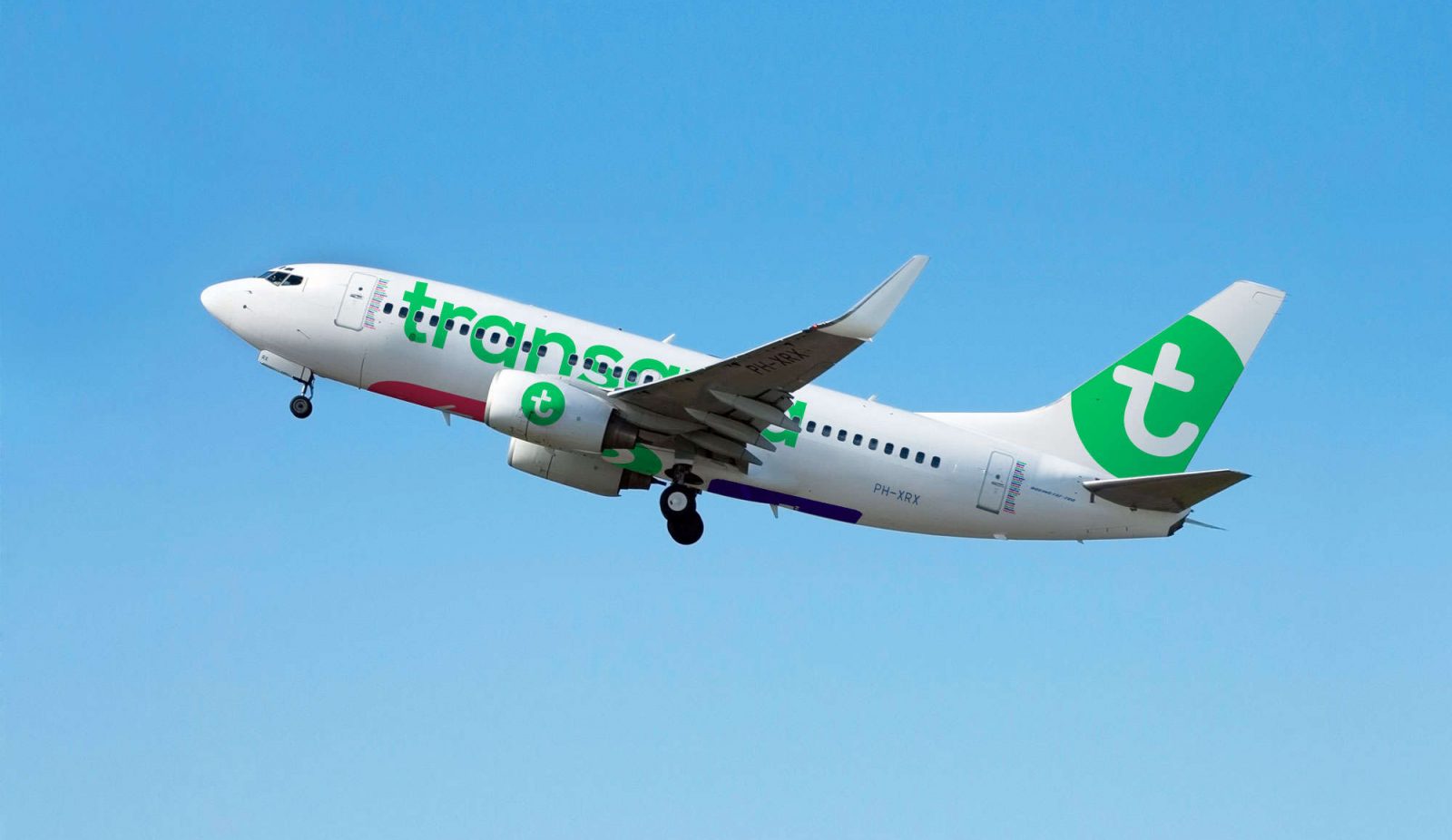
Last Sunday, eight passengers were taken sick on a Transavia holiday charter flight from Amsterdam to Antalya in Turkey – but the cause still remains a mystery. The situation got so bad that the Captain decided to make what the airline called a “precautionary” diversion to Vienna so that the sick passengers could get medical help. Two were taken to the hospital and a replacement aircraft had to be called in to complete the journey.
Dutch media reports have suggested a “fume event” could have been the cause of the mystery illness, with the De Telegraaf newspaper saying passengers were aware of a “strange chemical smell” when they boarded the aircraft. Rini Plasmans, who was a passenger onboard the flight, said a female passenger suddenly collapsed around 45 minutes after takeoff.
Another passenger said she also felt unwell, explaining that she struggling to breathe and swallow. A spokesperson for Transavia said two of the passengers were hospitalised for further examination but were both released the same day – they joined all the other passengers who continued their journey on a replacement aircraft.
Transavia flight HV163 had 185 passengers onboard and was being operated by a brand new Boeing 737 aircraft – having only taken its first flight at the end of March. The aircraft was flown back to Amsterdam without any passengers for further examination but no faults have yet been found.
“There was a thorough inspection conducted into the possible technical causes during which the plane was taken out of production. The inspections and tests were done in which no findings were detected,” a spokesperson for Transavia explained.
“This was done in cooperation with the aircraft manufacturer, Boeing, in accordance with established procedures,” the statement continued.
By Monday, the aircraft was undergoing a test flight and at this point, the airline excluded a technical fault as the cause of the passenger illness. The aircraft has since been used in commercial service.
It’s interesting that in this incident the affected passengers were spread out around the aircraft. Those onboard the flight have denied the cause could be put down to food poisoning.
Generally speaking, fume events are most likely to affect cabin crew because they are physically active during a flight – although the fact that none of the flight attendants in this incident was affected, shouldn’t rule that out as a cause.
In March, the U.S. Federal Aviation Authority (FAA) issued an operators Safety Alert, to address ‘Odors, Smoke or Fumes’ in-flight. The FAA advised airlines to review their own policies, including a call to “collaborate” with aircraft equipment manufacturers to “enhance mitigation procedures”.
Mateusz Maszczynski honed his skills as an international flight attendant at the most prominent airline in the Middle East and has been flying ever since... most recently for a well known European airline. Matt is passionate about the aviation industry and has become an expert in passenger experience and human-centric stories. Always keeping an ear close to the ground, Matt's industry insights, analysis and news coverage is frequently relied upon by some of the biggest names in journalism.







